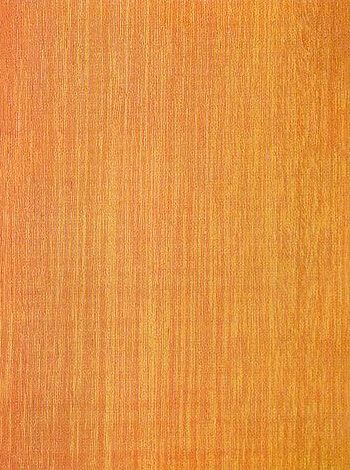| Introduction |
The Standard Malaysian Name for the timber of
Eusideroxylon zwageri (Lauraceae). Occasionally, the tree is known as
tambulian in Sabah, while the European trade name for this timber is
Borneo ironwood. The timber is monotypic. The sapwood is bright yellow
when fresh, darkens on exposure and is sharply defined from the
heartwood which is light brown to almost bright yellow when fresh and
darkens on exposure to deep reddish brown, becoming very dark brown or
almost black with age. Also know asn Belian (Brunei); Borneo Ironwood
(European Union); Belian, Onglen, Tebelian, Tulian and Ulin (Indonesia);
and Biliran, Sakian and Tambulian (Philippines). |
| Botanical Name |
- |
| Natural Durability |
The timber is one of the most durable in the world. |
| Uses |
The timber is suitable for all heavy constructional
works, marine construction, boat construction, fence posts, heavy duty
industrial flooring, decking, fender supports, telegraphic and power
transmission posts and cross arms, mallets, shingles, columns (heavy
duty) and other works where high strength and durability are required. |
| Texture |
Texture is moderately fine to fine and even with grain fairly straight or shallowly interlocked. |
| Density |
The timber is exceptionally hard and heavy and it has
been classified under Heavy Hardwood with a density of 835-1,185 kg/m3
air dry. |
| Shrinkage |
The timber falls into Strength Group A (Burgess, 1958) or SG 2 (MS 544:Part 2:2001). |
| Defect |
- |



